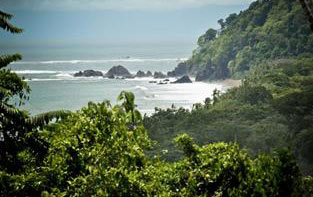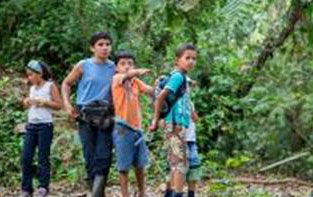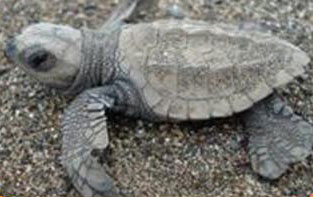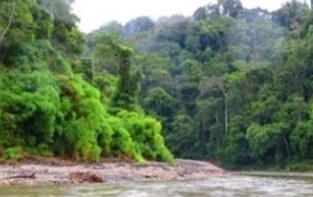The Osa Peninsula in Costa Rica is one of the most biologically intense places on the planet. It boasts a remarkably high biodiversity with twenty-five to thirty different ecosystems. Endangered plant and animal species, including large predators such as jaguars and pumas, call this region home. Additionally, the peninsula harbors many endemic species of birds and trees. Notably, the harpy eagle, once believed to be extinct since 1989, has been found in Corcovado National Park. Humpback whales rely on the waters that surround Isla del Caño and the Golfo Dulce as critical calf birthing habitat.

Fundación Corcovado
Moravia
San José
 2297-3013
2297-3013
 info@corcovadofoundation.org
info@corcovadofoundation.org





